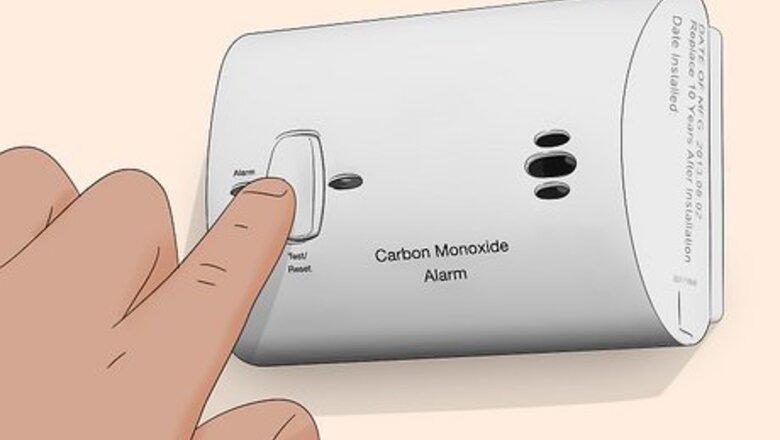
views
- Press the Reset button on the front of the carbon monoxide detector once to reset it. Instructions may vary so check your manual.
- Use the Reset button whenever the alarm is sounding or when you change the batteries.
- If the alarm starts again after pressing the Reset button, get everyone in the household to fresh air and call emergency services.
Resetting a Carbon Monoxide Detector
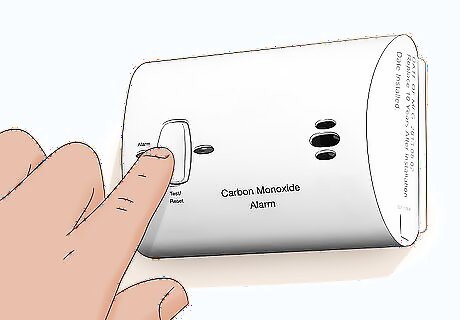
Press the Reset button once. Your carbon monoxide alarm may have a separate Test button or a joint “Test/Reset” button on its front panel. Push the button down to reset the carbon monoxide detector and shut off the alarm. Some models might also have an LED light that flashes next to the button to confirm you’ve reset it. Always check the user manual for the specific carbon monoxide detector model you have since the instructions may vary. For example, you may need to hold the button down for 5–10 seconds to fully reset it. Some carbon monoxide detectors automatically reset. After the alarm has gone off for about 5–10 minutes, it will turn off by itself.
When should I reset a carbon monoxide detector?
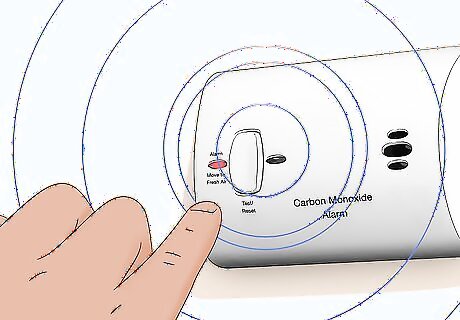
Reset the detector whenever the alarm goes off. Resetting your detector stops it from beeping and clears any electronic readings it took of the air. Whether the alarm goes off during an emergency, beeps during a test, or chirps due to a low battery, the Reset button will help silence it temporarily. If the alarm ever turns back on within 5 minutes of pressing the Reset button, then there’s a high concentration of carbon monoxide in the area. Get to fresh air immediately to avoid carbon monoxide poisoning.
Why is my carbon monoxide detector beeping?
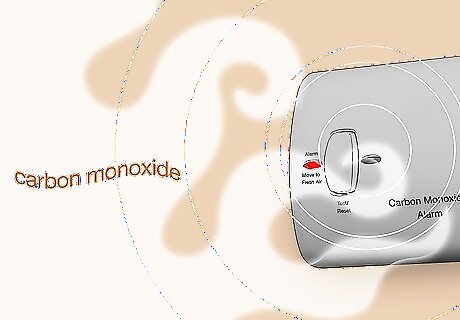
There’s carbon monoxide buildup in the area. Take the alarm seriously every time it goes off. Get everyone in your household to fresh air immediately and call emergency services to find out what caused the carbon monoxide detector to go off. Learn to recognize the signs of CO leaks in case your detector isn’t working properly, like yellow flames on appliances, condensation on windows, and flu-like symptoms.
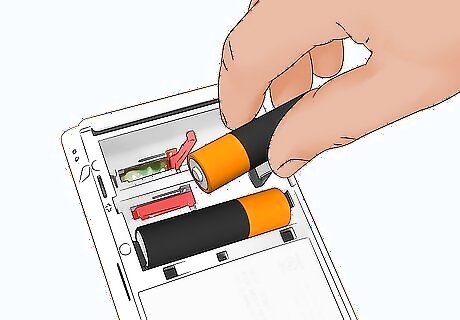
The batteries are dying. As the batteries get low in your CO detector, a single-station carbon monoxide detector may beep and flash an LED light. Take out the old set of batteries and replace them with a fresh new pair. You’ll usually need to replace the batteries once or twice a year.
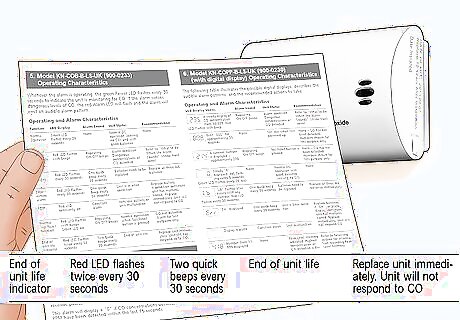
Your detector is at the end of its life. Carbon monoxide detectors only have a lifespan of about 5 years. If there isn’t an emergency and you’ve already tried changing the batteries, then the chirping may mean that it’s time to replace the unit. Install a new CO detector as soon as you can so you stay safe. Your CO detector may also flash an LED light whenever it sounds. Check the instruction manual to see what the number of flashes and light color mean.
Testing a Carbon Monoxide Detector
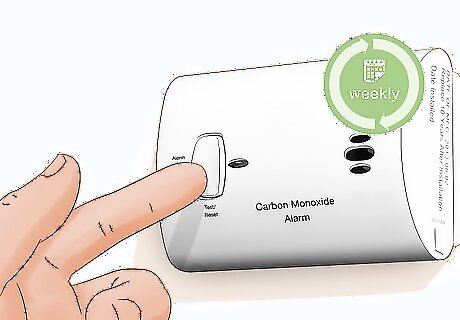
Test your carbon monoxide alarm weekly. Find a time during your weekly routine when you can quickly test your carbon monoxide detector to ensure it’s working. That way, you can quickly catch when you need to replace batteries or the entire unit.
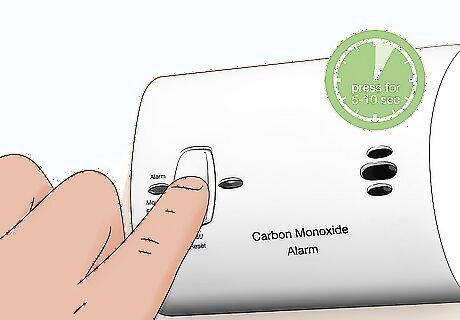
Press and hold down the Test button for 5–10 seconds. Some carbon monoxide detectors have a separate Test button while others have a joint Test/Reset button. Hold the button down any time when the alarm isn’t going off to run the test cycle.
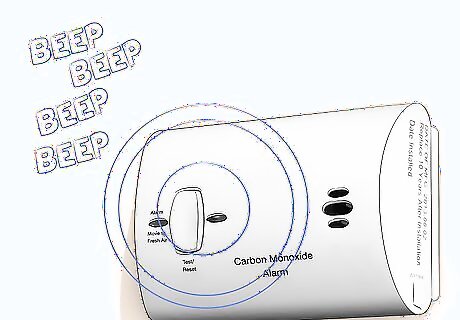
Listen for 4 short beeps to ensure the alarm is working properly. The test alarm beeps sound similar to when the carbon monoxide detector goes off during a real emergency. Listen for the beeps and watch the LED light to make sure it blinks. Every model of carbon monoxide detector is different, so check the instructions to learn how to properly test it. If your alarm doesn’t beep, then you may need to replace the batteries.


















Comments
0 comment